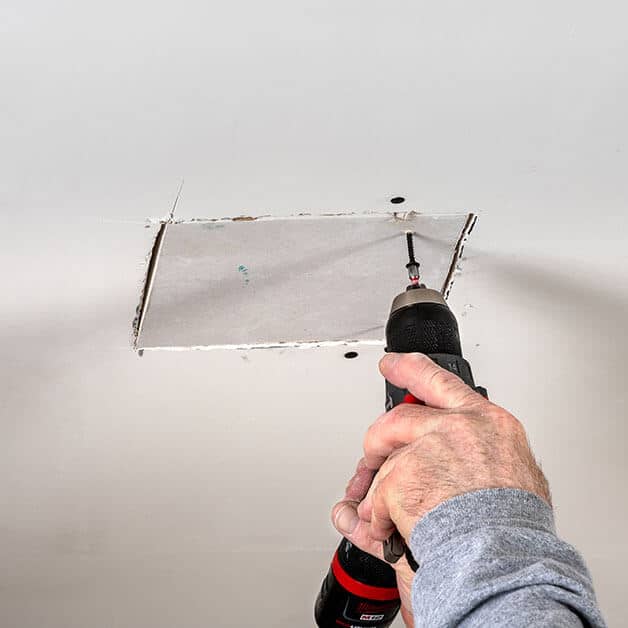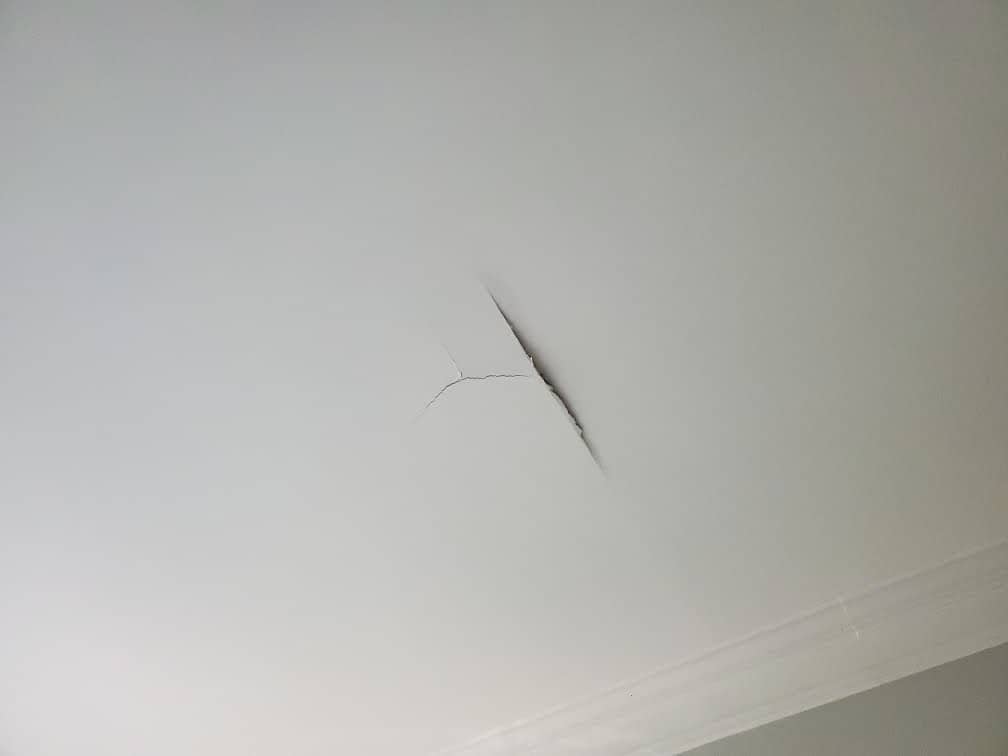Discover the very best Practices for Successful Drywall Repair Work and Installment
The art of drywall repair work and setup needs a mix of ability and accuracy. Understanding the important devices is necessary for achieving a smooth finish. Recognizing the step-by-step procedure can make a considerable distinction in the final outcome. Proper strategies for mudding and taping are likewise crucial. What remains is the expertise of upkeep that assures longevity. These elements together create a polished end result worth discovering additionally.

Important Tools for Drywall Repair and Installation
When undertaking drywall repair and installation, having the right devices can substantially boost the performance and high quality of the job. An utility knife is essential for reducing drywall sheets exactly, while a drywall saw can help in making much more elaborate cuts. Taping knives, offered in numerous dimensions, are important for using joint compound smoothly and equally. A drywall sander, preferably with a dust collection attribute, assists accomplish a refined finish, decreasing the demand for comprehensive clean-up.
In addition, a gauging tape assurances accurate measurements, and a level ensures that installments are straight and plumb. Safety equipment, including dirt masks and safety glasses, ought to not be forgotten to secure against particles and dust. Lastly, a stud finder aids in locating framing members, ensuring safe installment. By furnishing oneself with these important devices, the repair work and installment process comes to be much more convenient and results in a professional-quality end result.

Step-by-Step Guide to Patching Holes
Patching holes in drywall needs a methodical method to assure a smooth repair. Initially, the location around the opening have to be cleaned up and any loosened particles eliminated. For little holes, a putty blade can be used to apply a light-weight spackle, pressing it right into the hole and smoothing the surface area. After it dries, sanding is necessary to create a level coating. For bigger holes, a patch of drywall might be necessary. This includes cutting an item of drywall slightly bigger than the opening, protecting it to the wall with screws, and making use of joint substance to cover the joints. When the substance dries, it must be sanded smooth. Lastly, topping the patched location before paint will ensure an even finish. Following these steps will certainly lead to a professional-looking repair that mixes effortlessly with the surrounding wall surface.
Techniques for Seamless Drywall Installation
Attaining smooth drywall installation needs careful preparation and execution. It is necessary to cut and determine drywall sheets properly to reduce voids. Using an energy knife, installers ought to rack up the board prior to snapping it along the cut line, making certain tidy sides. Effectively straightening the sheets is important; beginning from the leading and functioning down aids keep harmony.
Attaching drywall to the studs calls for regular spacing, commonly every 16 inches, using screws instead than nails for better hold. This strategy lowers the threat of stands out in time. Furthermore, staggering the seams between sheets boosts architectural honesty and decreases the presence of joints.
Utilizing the ideal density of drywall for details locations-- such as moisture-resistant kinds in restrooms-- further adds to a perfect finish. Following these strategies will certainly result in a smooth and professional-looking installation, setting the phase for the subsequent completing processes.
Ending Up Touches: Taping and Mudding
Finishing touches, such as taping and mudding, play an important duty in accomplishing a refined drywall surface area. Insulation involves using a slim strip of drywall tape over the joints and seams, making certain a smooth look. This procedure helps protect against fractures and creates a strong bond between drywall sheets. It is crucial to choose the right sort of tape, with paper and fiberglass harmonize being one of the most typical options.
Mudding, or using joint substance, complies with taping. This substance fills out spaces and smooths out the surface area for you could try this out a consistent finish. It is usually applied in numerous layers, with each coat requiring to completely dry before fining sand. Correct method entails feathering the edges to blend the substance into the surrounding drywall, decreasing visibility.
When completed correctly, taping and mudding boost both the aesthetic and structural integrity of the drywall installation, leading to a professional-quality surface.
Tips for Preserving Your Drywall After Installment

In addition, maintaining a regular interior humidity level can avoid bending or mold and mildew growth. Using a dehumidifier in moist locations, like basements, is advisable. It's additionally helpful to regularly repaint locations that reveal wear, as this protects the underlying product. Finally, when moving furnishings or installing fixtures, care must be worked out to prevent harming the drywall. By following these maintenance tips, property owners can extend the life of their drywall, safeguarding it stays an appealing function of their insides.
Frequently Asked Questions
What Safety And Security Gear Is Needed for Drywall Repair Service and Installment?
For drywall repair and installment, important safety gear consists of safety and security goggles to secure eyes, dirt masks to stop inhalation of particles, gloves for hand security, and knee pads for convenience throughout prolonged kneeling. drywall contractor.
Exactly how Do I Establish the Drywall Density Needed for My Job?
To establish the drywall density required for a project, one must consider the wall's architectural requirements, neighborhood building regulations, and the planned use the area, usually opting for 5/8-inch or 1/2-inch drywall.
Can I Repair Drywall Without Removing Furnishings From the Area?
Yes, drywall can be fixed without getting rid of furnishings from the space. Cautious preparation and protective steps can minimize mess, enabling reliable repairs while keeping bordering things secure from dirt and damage throughout the procedure.
What Sorts of Drywall Are Ideal for Different Atmospheres?
Moisture-resistant drywall is suitable for cooking areas and shower rooms, while soundproof drywall fits shared walls in apartments. Fire-rated drywall is best for garages, and standard drywall functions well as a whole living locations, making sure resilience and viability for different environments.
The length of time Does It Consider Drywall Mud to Dry Totally?
Drywall mud normally takes 24 to 48 hours to dry totally, depending upon aspects like moisture and temperature level (Drywall Repair Ogden UT). Thicker applications might require longer drying times, while thinner layers can dry out faster. Appropriate ventilation aids drying out
The art of drywall repair and installment calls for a blend of ability and accuracy. When taking on drywall fixing and setup, having the right devices can considerably enhance the efficiency and high quality of the work. An energy blade is crucial for cutting drywall sheets exactly, while a drywall saw can aid in making more complex cuts. Attaining smooth drywall setup demands careful planning and execution. Moisture-resistant drywall is suitable for shower rooms and kitchens, while soundproof drywall suits shared wall surfaces in homes.